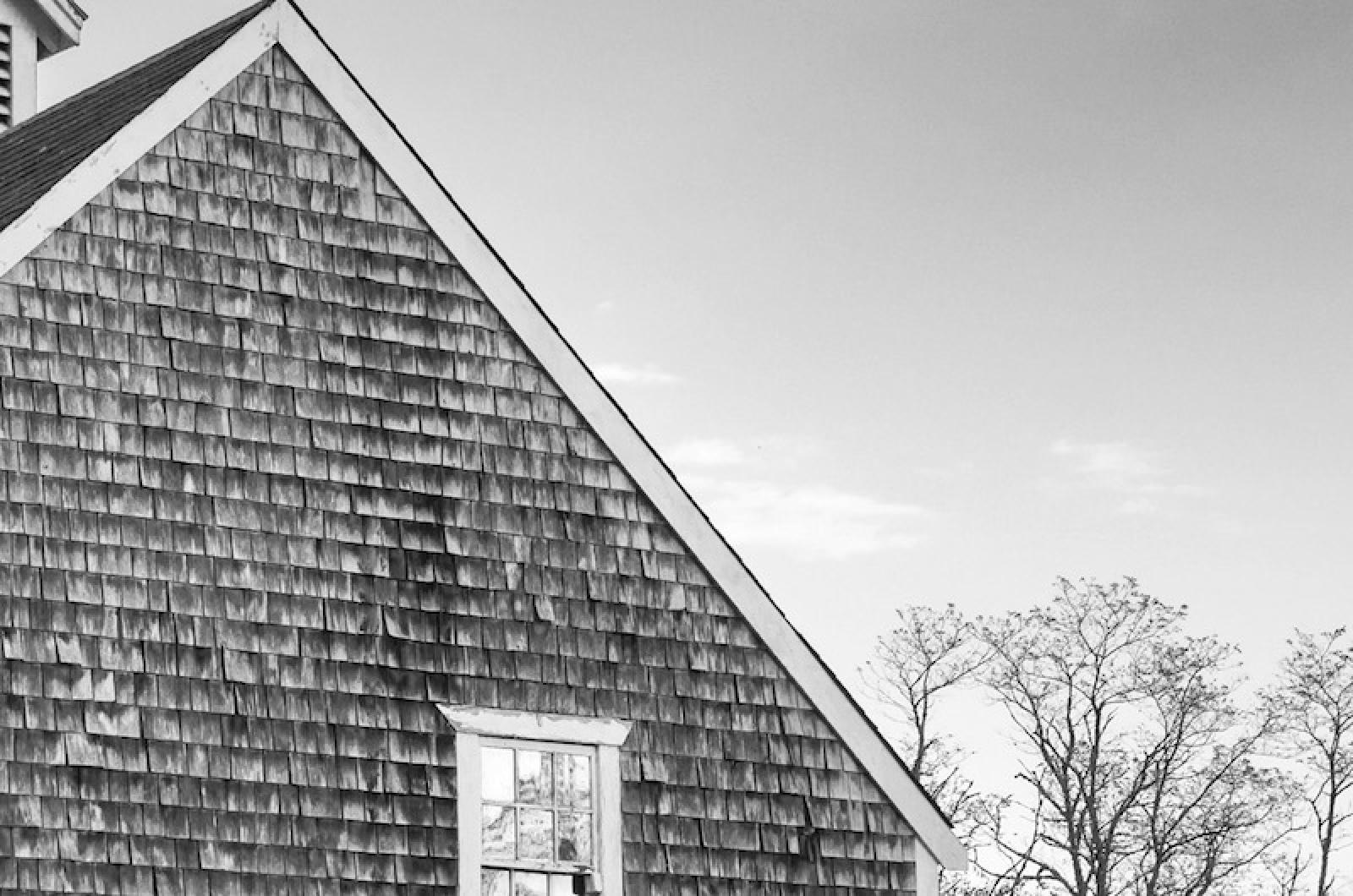From the Jan. 20, 1956 edition of the Vineyard Gazette by Joseph Chase Allen:
The transition from the farming-fishing community that the Vineyard was, to the summer colony and shopping center which it is today, has obliterated many of the old landmarks well known to a past generation. The vanishing of the sheep-flocks from the hills, the abandonment of the older farms, and the reclamation of such lands by nature, have all tended to bury deep in brush, wood, swamp and even new turf, such traces of the older life as might remain. And thus it is that new or remodelled houses stand today in what were once meadows and tillage, while pasture-land has become wood or swamp, and thus it is where “the witch-house” once stood.
There are few spots on the Island commanding less view of surrounding country or the waters beyond. It is, in fact, the flat bottom of a valley, with high hills on one side, and woods on two others, which conceal more distant elevations. It was more or less abandoned sixty years ago and it is difficult to form a mental picture of what it once looked like.
To obtain details, it would be necessary to delve far back into the history of one of the old Vineyard families. It may merely be said that here was once a broad estate, comprising some hundreds of acres; that, to all appearances, the head of the family, living in his own home, did what other old families did, and granted to his sons as they grew to manhood, home-sites of their own upon his broad acres. Certainly something of this kind occurred, for in addition to the old foundation, are at least two more of the original estate, and the nearest is that of the witch-house which once gained for the region an evil name.
Tales of all sorts have been told of who built the house, why he built it, and what transpired to bring a curse of sorts upon him and his. Of foundation of fact, there is not a shred that is acceptable, and perhaps not one of the tales was true. But the house was pronounced untenable, nevertheless, and it was abandoned entirely, while yet its walls were firm and straight, and its windows did not rattle when the storm winds blew. Abandoned because it could not be lived in, it was said. The reason - that sand fell from all the ceilings, at all times, mingling with food, sifting into the hair and clothing, even the eyes and ears of the occupants.
An ancient man of half a century ago once told of helping to hang sheets or other large pieces of cloth beneath the ceilings to prevent the sand, as it was termed, from falling but, he added, “it didn’t seem to work.”
When it is considered that the older Vineyard people were the thrifty, even frugal type common to all of New Engalnd, who never threw anything away, but prized any and all possessions, it seems clear that nothing short of calamity could have brought about the abandonment of a house that was sound and tight.
No explanation of why the sand should have fallen has ever accompanied the stories of the witch-house. No living person, so far as is known, was ever acquainted with another who had lived there. The story of the sand has been known to but few, although many knew that the house bore an evil name. If they wondered why, the majority never had the question answered.
All that most people knew or could say, half a century ago, was that there stood an empty, shell of structure that had once been a house. Sheep ran in and out of it for shade and shelter. The panelling still stood, smooth and well preserved, on some of the walls, the plaster also, on some ceilings and partitions. Some of the doors were intact and on hinges, particularly the closet doors, but most traces of human occupancy had vanished.
The Island has never been a place where witchcraft was taken seriously. Superstitions have not generally characterized its people, nor has the common cure of “hex” often been mentioned throughout the history of the place. Yet here fell to decay a house that was solid, sound and in all ways substantial when it was abandoned, and the place allowed to become a wilderness where once it had blossomed and borne its normal fruits. And why? Beyond this explanation, no one knows. It could not be occupied.
Thus nature reclaimed the land that none would live upon, and swallowed the buildings, bit by bit, until only the foundations remain. These, too, have been slowly covered until they are difficult to find, and, in time, will vanish completely.
It is a disturbing thought that any force should be so aroused as to drive him from his own home and obliterate all signs of his occupancy, yet this is exactly what happened. This has to be true, for the nearby house has always been a home, nor has it ever been visited by any undue calamity or discomfort in its history. What then the mystery of the witch-house? The answer is not forthcoming nor likely to be. Those who once knew are dust, even as the house, and the dust speaks not.
Compiled by Hilary Wall
library@mvgazette.com




Comments
Comment policy »